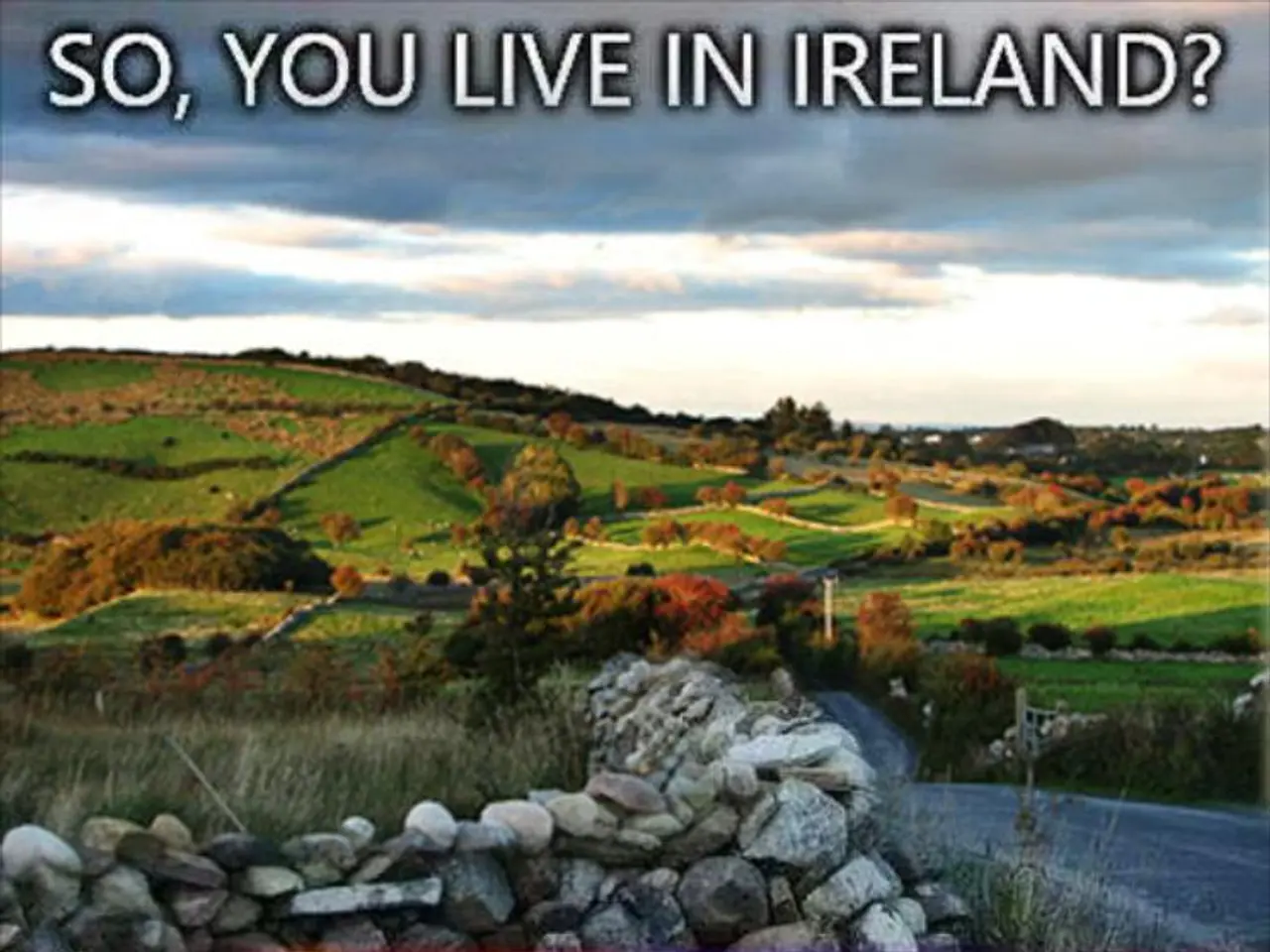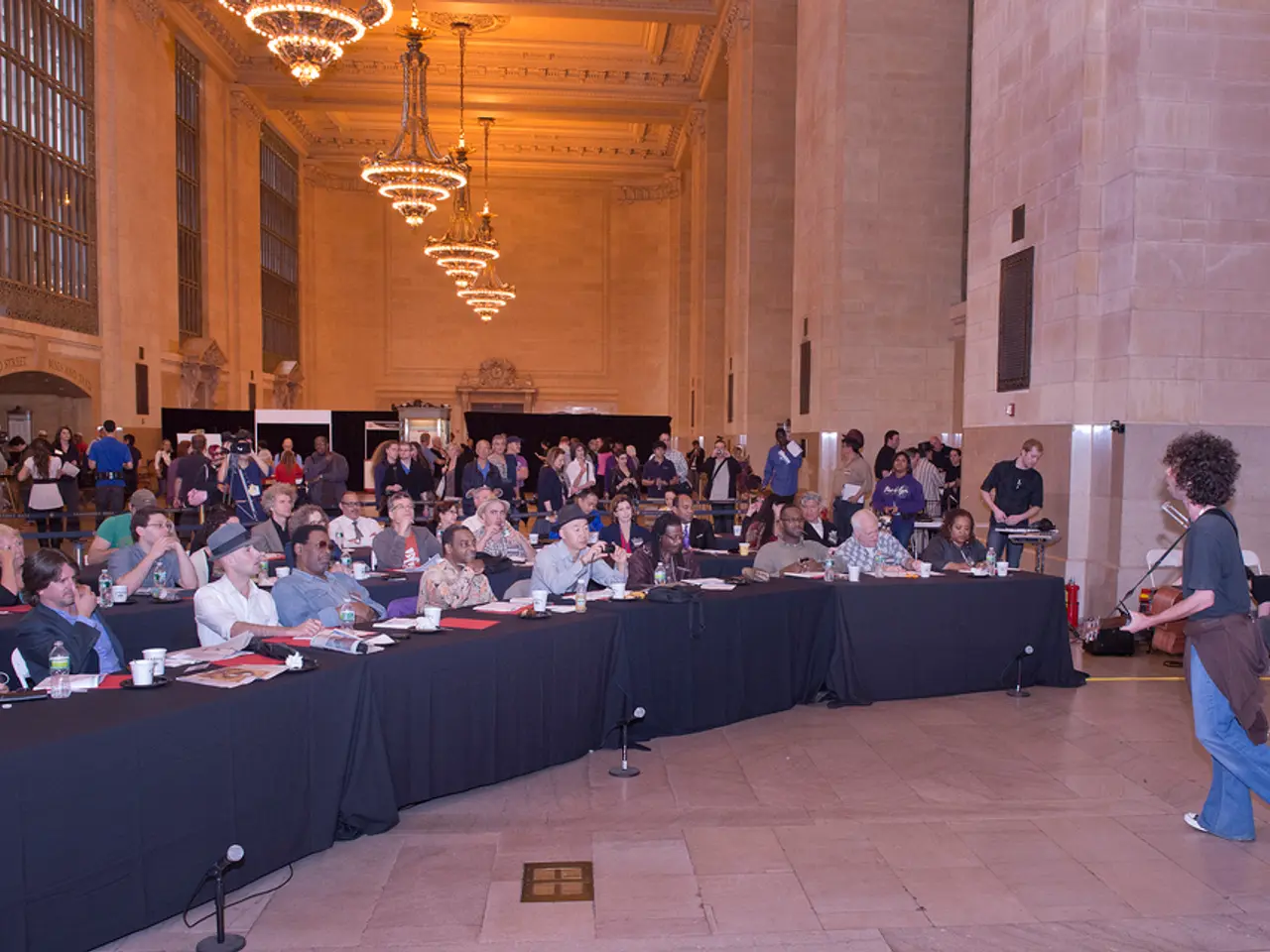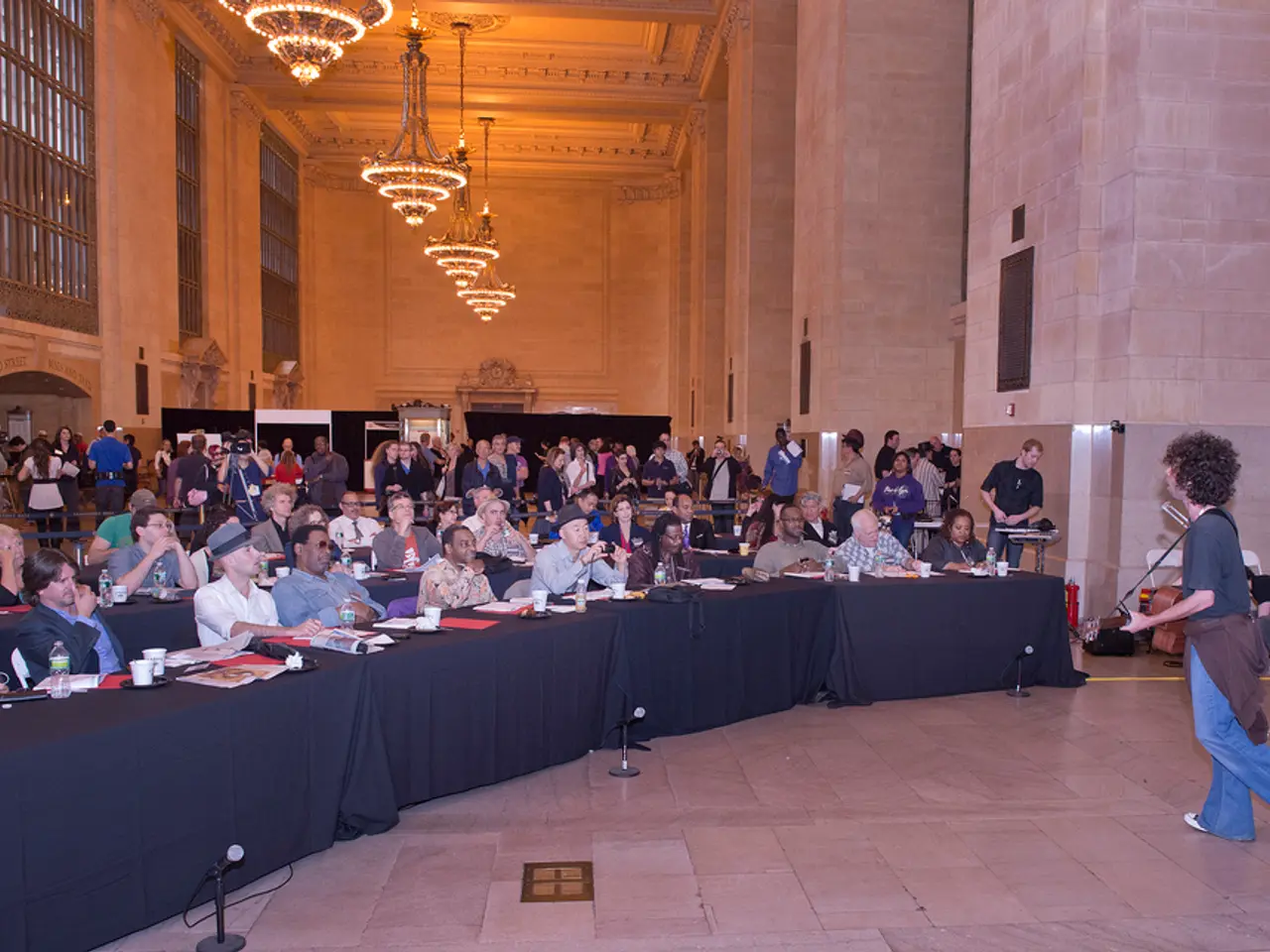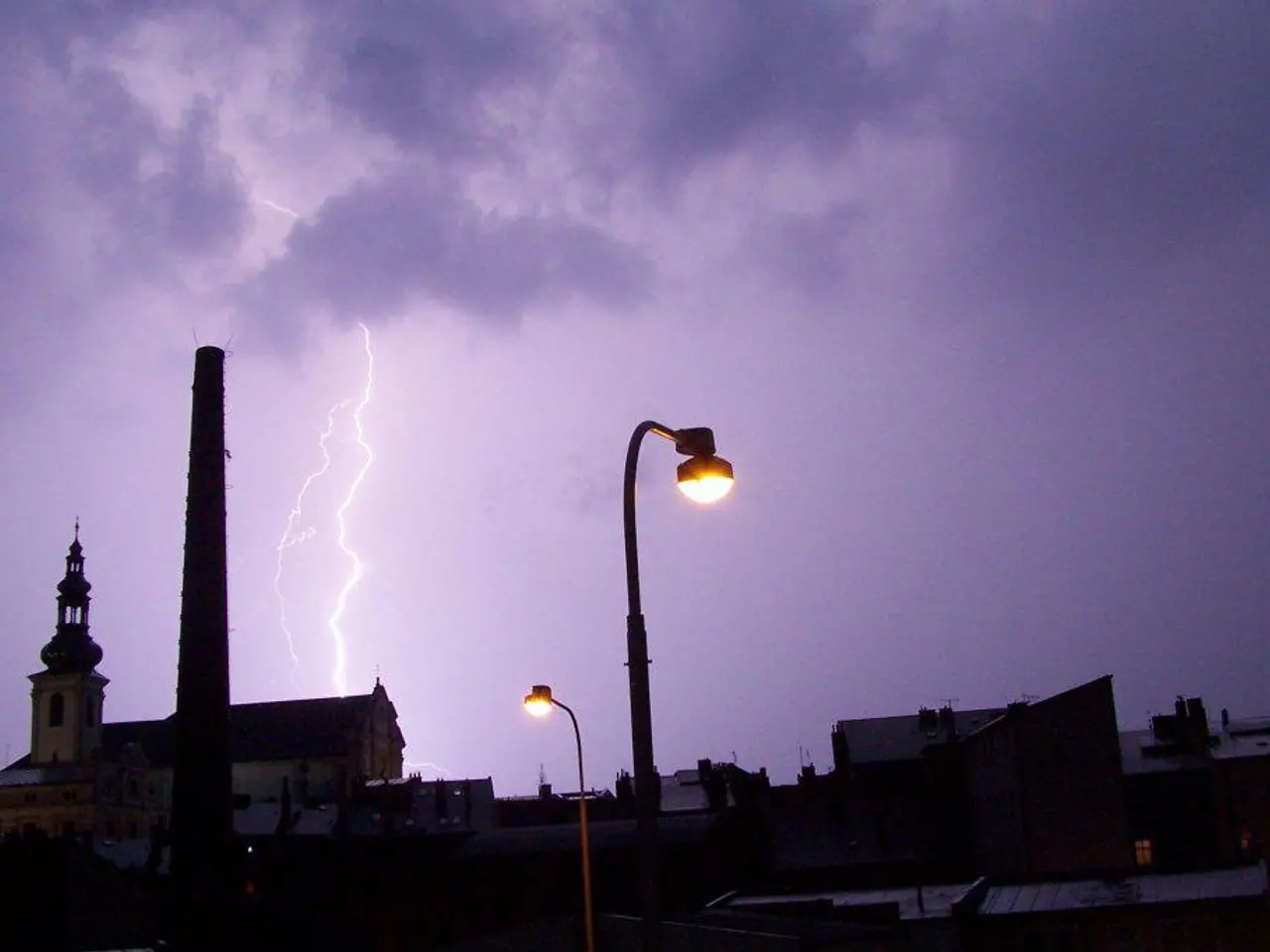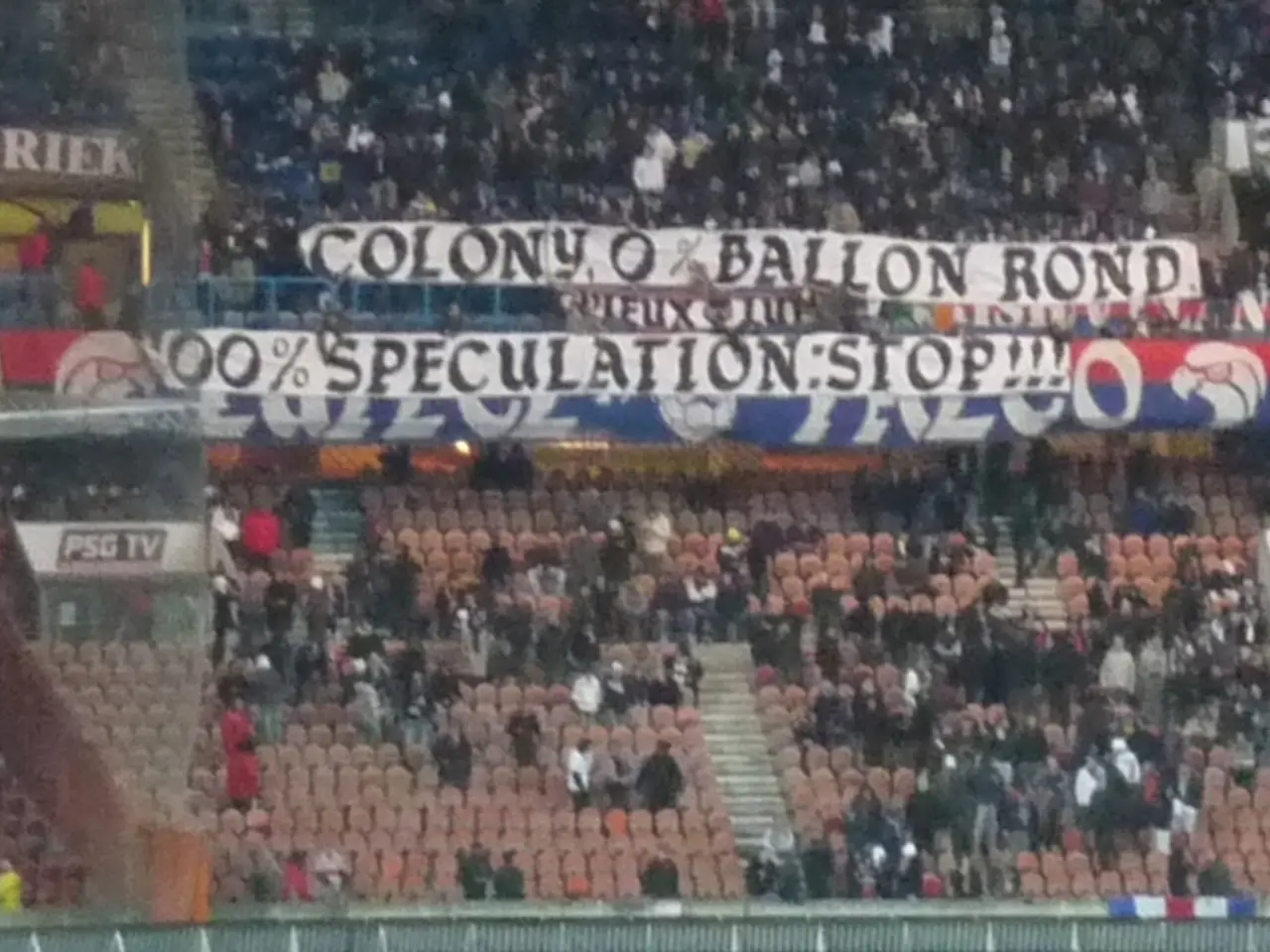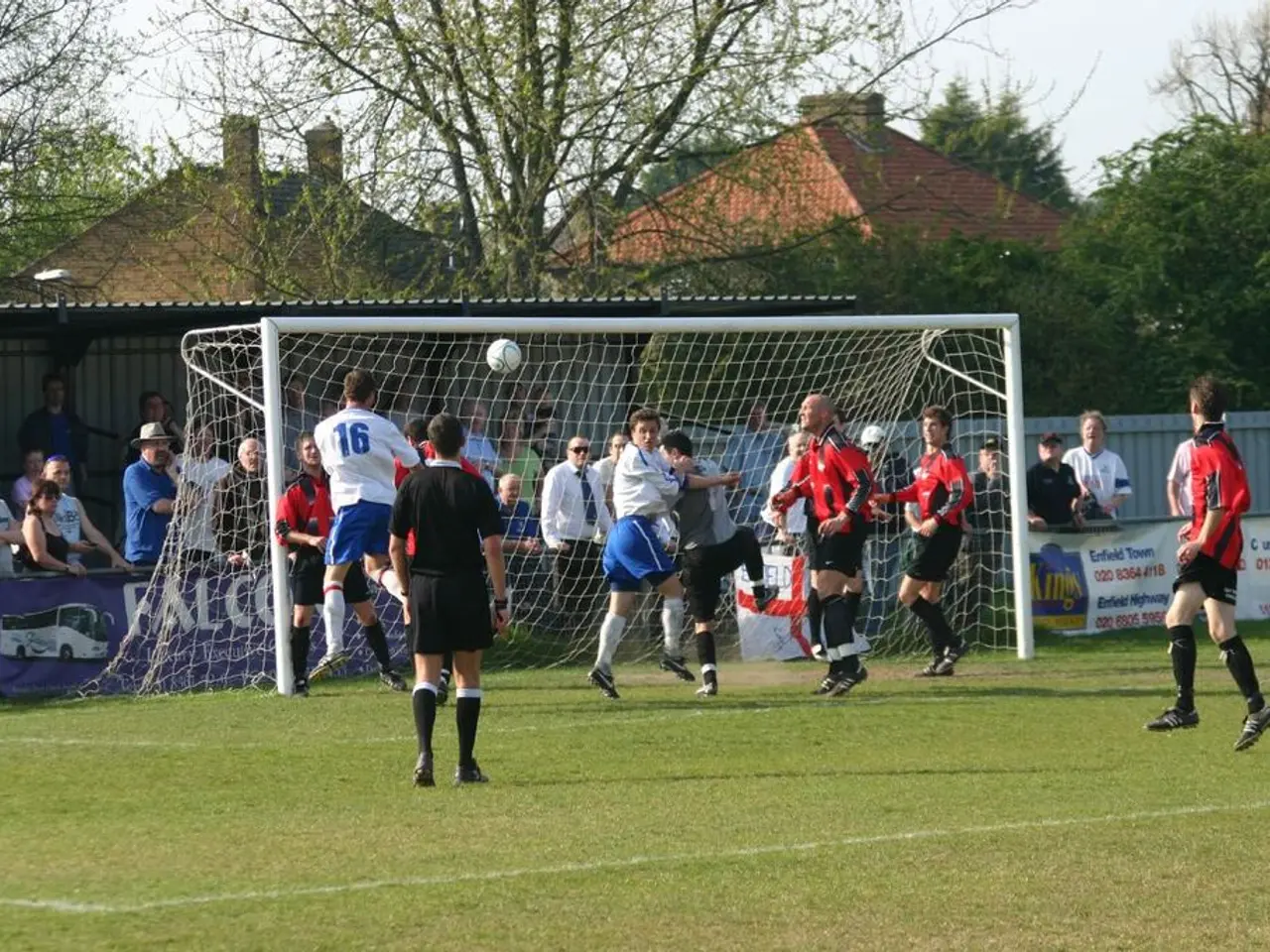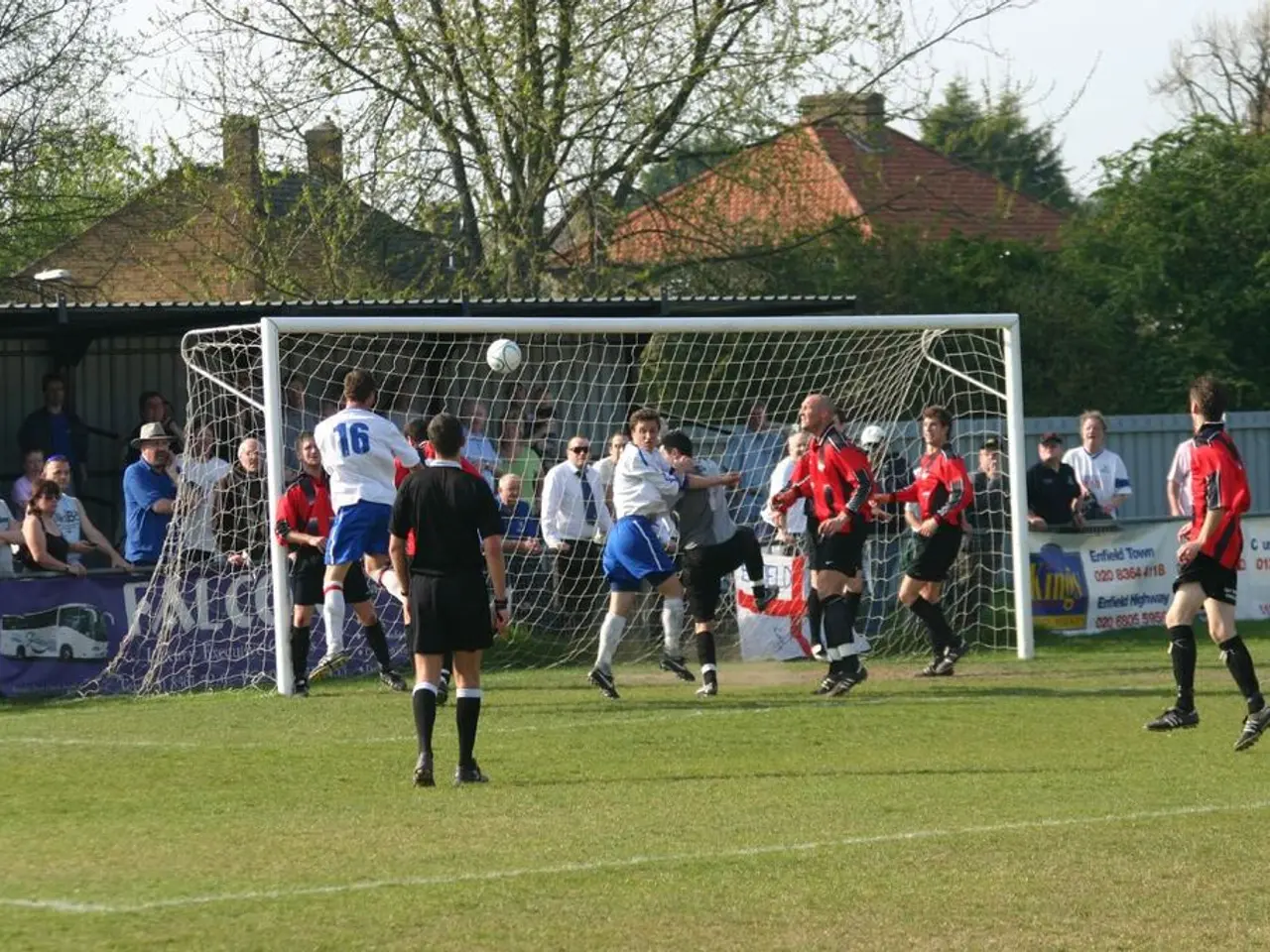Containment Progress in Sabrosa Fire: "Approximately 90% of the fire's circumference is now under control"
In the heart of Portugal's Vila Real district, the Sabrosa fire, which ignited on Wednesday, July 16, at 1:30 PM, has been successfully managed by the Douro operational command of the Civil Protection. According to the Douro sub-regional commander, Miguel Fonseca Sabrosa, the fire is now 90% contained as of 09:40 on July 17.
The fire started in the Feitais area and spread to Souto Maior, consuming approximately 600 hectares of pine forest, brush, and vineyards. As of Friday, the perimeter of the fire is under control, with only one active fire front remaining. This final front, however, poses some concern due to its challenging accessibility.
To combat this, a heavy helicopter has been deployed for aerial firefighting efforts. The focus of the operatives has now shifted towards consolidating and mopping up the area to prevent any potential reignitions throughout the day, especially given the risk of residual heat or winds.
The main concern for operational teams has been the risk of re-ignitions. Despite the fire threatening homes in Souto Maior village, no residences were damaged thanks to fuel management strips that helped prevent the flames from reaching inhabited areas.
The coordinated use of ground and aerial resources has been crucial in bringing the fire near resolution. Ground firefighting units, supported by aerial resources including the heavy helicopter, have been working tirelessly to contain the blaze. Civil protection authorities have been overseeing the response, with reporting and updates managed by Miguel Fonseca Sabrosa, the head of the Douro operational command.
The mayor of Sabrosa, Helena Lapa, highlighted the positive impact of preventive fuel management efforts, which likely helped avoid greater structural damage despite the fire's proximity to residential areas.
However, with strong winds forecasted for 11:00 AM, which could pose a risk to the fire's containment, vigilance continues to be crucial to prevent any flare-ups. Residents of several villages in the municipality of Sabrosa have expressed concerns about the lack of cleaning of terrains, which could potentially contribute to the risk of fires.
Despite these challenges, the situation is now under control, with ongoing containment and damage assessment. The efforts of the Civil Protection authorities and the firefighters have been instrumental in managing the Sabrosa fire, ensuring the safety of the community and the preservation of the local environment.
The scientific research on the impact of climate change may reveal increased frequencies of wildfires like the Sabrosa fire, which highlights the importance of environmental science. As we witness the destruction of 600 hectares of pine forest, brush, and vineyards, it underscores the need for sustainable weather management strategies to prevent future environmental disasters.
